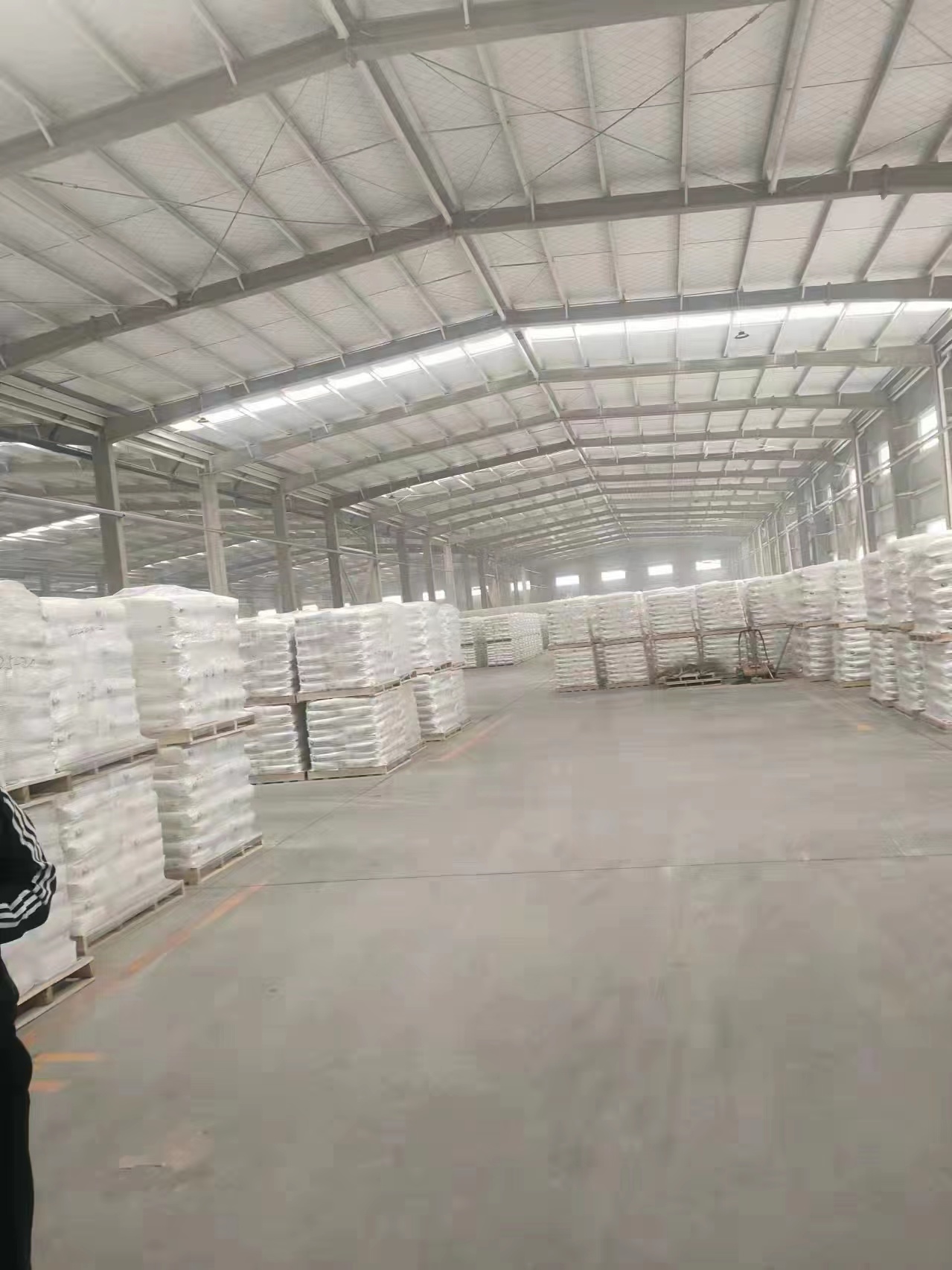
Dec . 14, 2024 04:01 Back to list
The Solubility of Titanium Dioxide in Water Explained
Titanium Dioxide Solubility in Water and Its Implications
Titanium dioxide (TiO2) is a widely used inorganic compound with diverse applications in various industries, including paints, plastics, cosmetics, and food products. It is primarily valued for its bright white pigment and protective properties against ultraviolet (UV) light. One common misconception about titanium dioxide is its solubility in water, a topic that has sparked considerable discussion among scientists and industry professionals.
Understanding Solubility
In chemistry, the term solubility refers to the ability of a substance to dissolve in a solvent to form a homogeneous solution. The degree to which a substance dissolves typically depends on several factors, including temperature, pressure, and the nature of the solvent. Water, often referred to as the universal solvent, plays a significant role in determining the solubility of various compounds.
When it comes to titanium dioxide, it is important to clarify that it is not soluble in water. The compound exists in several crystalline forms, with rutile and anatase being the most common. Both forms are characterized by their strong ionic bonds, making it difficult for water molecules to break them apart and effectively dissolve the solid.
Implications of Insolubility
The insolubility of titanium dioxide in water has numerous implications across different fields. For instance, in the paint and coatings industry, the inability of TiO2 to dissolve in water contributes to its effectiveness as a pigment and ultraviolet blocker. When mixed with solvents or binders in a paint formulation, titanium dioxide particles remain suspended, imparting their coloring ability while enhancing durability and resistance to degradation. This property makes TiO2 a preferred choice in outdoor applications exposed to harsh environmental conditions.
In cosmetics and personal care products, titanium dioxide serves as a crucial ingredient for sun protection. Its inert nature and insolubility allow it to form a physical barrier on the skin, reflecting and scattering UV radiation. Such UV-blocking capabilities make it a key component in sunscreens, helping to protect the skin from harmful sun exposure without being absorbed into the body.
titanium dioxide is soluble in water

Environmental Considerations
Despite its many advantages, the insolubility of titanium dioxide raises environmental concerns, particularly relating to its release into water systems. When waste products containing TiO2 are improperly disposed of, particles can accumulate in waterways, potentially affecting aquatic ecosystems. Although TiO2 is considered non-toxic and does not readily bioaccumulate in organisms, its presence in large quantities can lead to changes in water quality.
The increasing use of nanotechnology has also led to the production of nanoscale titanium dioxide, which exhibits different properties compared to its larger counterparts. Nanoparticles can behave unpredictably in the environment, raising questions about their potential impacts on human health and ecosystems, especially since some of these nanoparticles could be more readily suspended and transported in water than bulk TiO2.
The Future of Titanium Dioxide
The demand for titanium dioxide continues to grow, particularly as industries seek sustainable practices and eco-friendly alternatives. Ongoing research focuses on developing innovative formulations that enhance the performance of TiO2 while mitigating its environmental impact. For example, efforts are being made to improve its dispersion in water-based products without compromising its structural integrity or effectiveness as a pigment.
Moreover, advancements in recycling and waste management practices could help minimize the environmental footprint of titanium dioxide usage. Encouraging the sustainable use of TiO2 involves understanding its properties, enhancing its application methods, and promoting responsible manufacturing and disposal practices.
Conclusion
In conclusion, titanium dioxide is an indispensable material recognized for its whiteness, opacity, and UV protection. Its insolubility in water is a defining characteristic that plays a critical role in its functionality across various applications. While its non-toxicity and effectiveness make it a favored choice in numerous industries, attention must be paid to its environmental implications. Continuous research and adherence to sustainable practices will be key in optimizing the use of titanium dioxide in the future, ensuring that it remains both an essential component and a responsible choice for manufacturers and consumers alike.
-
Premium 6618 Titanium Dioxide for GPT-4 Turbo Applications
NewsJul.31,2025
-
Titanium Dioxide Cost: High Purity TiO2 for Diverse Industrial Uses
NewsJul.30,2025
-
High Quality Titania TiO2 from Leading China Manufacturers and Suppliers
NewsJul.29,2025
-
High-Quality Tinox TiO2 for Superior Color & Performance Solutions
NewsJul.29,2025
-
High Quality Titania TiO2 from Leading China Supplier & Manufacturer
NewsJul.29,2025
-
High-Performance r6618 TiO2 for Superior Whitening and Versatility
NewsJul.28,2025
